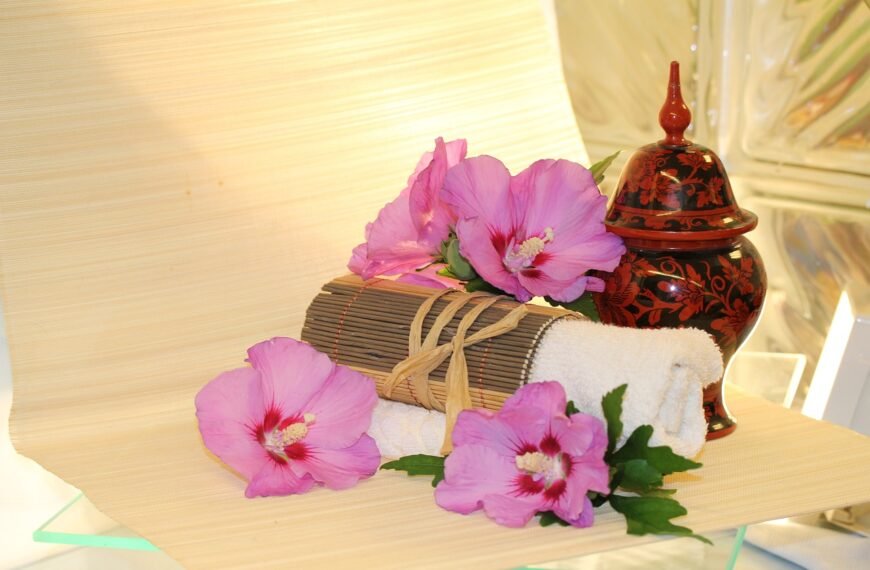The katana is Japan’s most celebrated sword, its graceful curve the result of centuries of metalworking skill and spiritual commitment. More than the deadly sharp edge or the graceful silhouette, the katana’s true wonder lies in the time it takes to create one. Today’s factories can produce a blade in a day, but a traditional katana could require months or even years of patient, careful work.
How long it takes to make a katana tells a deeper story than scheduling. Each masterwork blade is the result of carefully selected steel, fire skill, and the bloodline knowledge of generations of swordsmiths. When we study how long the forging, folding, and polishing demanded, we see why the katana gained a near-mythic reputation among samurai and why martial artists and collectors still seek it.
The Historical Foundation of Japanese Swordsmithing
The method for creating the katana was fully developed during the Kamakura period (1185–1333). At that time, battlefields stretched for years, and soldiers needed blades that could endure the grind. The best swordsmiths set up forges that resembled sacred temples more than workshops. The steady ring of the hammer was a mantra, marking the sacred time when the artisan and the steel became one.
Famous swordmakers like Masamune Swords and Muramasa learned long ago that a truly great katana cannot be hurried. Each smith kept his family’s special methods secret, and these secrets shaped different styles in various regions. The Yamato school focused on stacking many layers of steel for strength, while Yamashiro craftsmen made sure the blade was beautiful as well as deadly.
But these masters did more than hammer iron. They felt they were spiritual keepers of the samurai way. They believed the blade carried a part of the maker’s soul, so every tap of the hammer was a prayer. Because of this, they would never speed up the work. To do so would be to disrespect the weapon and the warrior who would one day wield it.
The Steps to an Unforgettable Katana
Choosing and Curing the Steel
The path to an extraordinary katana began with tamahagane, steel made in a special smelting furnace that burned for three full days and nights. Once the steel was ready, the smiths looked for the right pieces of different carbon levels. They did this by striking the metal and watching the unique spark patterns. Gathering the best pieces took many days of careful sorting and judging.
Purifying the Steel
Craftsmen started with the best steel and purified it by repeatedly heating and hammering the ingot. Each cycle drove out harmful impurities that could weaken the edge. Masters knew that low-quality metal would betray itself only after days of grindstone work, so they treated this early phase as key to keeping the timeline—and the blade—perfect.
Folding for Strength
The legendary toughness of Japanese swords came from folding the metal so it could stretch out into many layers. Each fold turned a single bar into a maze of fine laminations, spreading out the forces that would batter the edge in battle. A single sword would go through 12 to 16 of these folds, and each one required the smith to babysit the forge, watching the colors and temperatures for the exact second to hit.
When the steel was ready, the smith swung the hammer in a steady tempo passed down through centuries. Apprentices learned to listen to the ring of the metal, trailing subtle changes that signaled the exact moment to hit harder or softer. This ear for tone took decades to hone, so a veteran master could finish a fine blade in less time than a beginner, just by hearing.
Shaping the Blade
To create the katana’s famous curve, the smith spent weeks twisting and thinning the steel. Controlled heating and precise hammer blows drew out the graceful profile, while the full tang forced the craftsman to pay extra attention to the center of gravity. The result was a blade that felt alive in the hand, with the strength to survive a lifetime of use.
Master artisans designed every curve and contour of a katana blade to fit its intended use, and even tiny differences influenced how a blade sliced and how it felt in hand. This level of customization stretched the overall production timeline, but it gave each master katana a unique character that mass-produced swords lacked.
Time Investment Breakdown
Estimated Production Time
A master katana normally took 3 to 6 months of focused work, while truly outstanding pieces could reach a full year. The journey began with 2 to 3 weeks spent smelting and refining the steel. Next came 4 to 8 weeks of hammering and forming the blade shape. Hardening and tempering that steel demanded 1 to 2 weeks of careful, small adjustments to heat.
The polishing step represented the longest stretch of a single phase. Craftsmen usually spent 6 to 12 weeks grinding away steel with suites of increasingly fine stones, each sweep of their hands testing their concentration. A moment’s impatience could ruin months of careful form.
Role of Skill Level
Veteran swordsmiths trimmed time from certain operations, yet they often devoted extra hours to tiny corrections that raised their swords above the ordinary. Less seasoned makers took longer because of steeper learning curves and the occasional need to re-forge a piece that had a flaw.
Master samurai katana makers accepted their work to a cycle of scrutiny that revealed any hasty move. Errors in the steel preparation or the heat-treating would surface only when the polish caught the light, serving proof that careful craftsmanship beats fast production every time.
Factors Affecting Production Timelines
Material Quality Considerations
The decision to use premium tamahagane steel raises the care demand; the forging and heat-cooling steps stretch out so that fire and hammer can coax every grain toward excellence. Although a longer clock ticks, the steel’s ability to take an acute edge or hold a dramatic flare in the hamon makes the patience pay off. If a lower-grade steel enters the forge, however, the risk of sudden inclusions or grain lift jumps. What was to be a drama-free quench can suddenly crack or warp, forcing the smith to re-saw and redo, pushing the schedule outward.
The seasons hold their own sway. When a smith masters the humidity and temperature rhythms of his valley, the steel responds by expanding and contracting in the most efficient arcs. Winsome mid-spring air might be his masterpiece hour; too dry or too damp, and quench distortion or grain growth obtrudes. Given a choice, many masters politely refuse the durability of winter or the chill mist of autumn.
Specialized Techniques and Designs
Every added curl of hamon, every subtle bend in the clay-cooked edge, moves the smith toward a calmer forge. Extra dojo, tilting the brick, or re-testing the clay’s viscosity costs weeks, since tempering must now chill and heat in rarer, more patient cycles. When inlays of gold or a hand-engraved river of clouds drift in, the one-mil director hand-writes extra months, knowing that every turn of the engraving tool or sip of out-of-season lacquer offsets any rush the sword’s length had already earned.
Schools protect their own legends: an out-in-the-field group may finish three blades to the hour-long count and get their reputation, while downhill masters still breathe into the clay night for a lifted cherry blossom that only a spring storm can blush.
Distinguishing Masterwork Quality
Once a smith decides the blade is more altar than blade, he layers three tamahagane under the forge and circles the hamon a third more often than he must. Remember, that’s the only time a smith can forgive his own hand. He fits custom guards and scabbards only to one blade, carving, riving, and pacing with a loupe to check the grain’s return. Amethyst powder and the sixth polishing stone, a crystal that may already be in a sword’s memory, check the mirror for not a single itch.
Altogether, this can mean an extra twenty to fifty percent of the clock’s hands. The sword waits, however. The extra months honor the blade with the promise that, though time ticks, excellence endures within the steel.
To create that gorgeous, shimmering hamon line you see on a superb katana, swordsmiths needed to apply just the right layer of clay and carefully control the heat. This level of precision took additional prep time, and many masters worked through several quenching cycles until the hamon looked just the way they envisioned.
Combining Traditions
Truly exceptional swords didn’t just happen in the forge. Once the blade was complete, the smith collaborated with artisans who specialized in tsuba (handguards), menuki (little grip charms), and saya (scabbards). Coordinating between different crafts always added weeks, sometimes months, to the project, but the end result was a single, unified piece of art that was as beautiful as it was deadly.
Respect for tradition meant that no step could be rushed. Leaving out a single ritual might leave the blade looking perfect, but the sword would be missing the inner spirit that gave it meaning in the samurai way of life.
Shape and Soul
When you finally hold a finished master katana, you can feel the balance between razor-sharp function and breathtaking beauty. Achieving that balance took months of refining the blade’s profile, polishing the surface, and fitting every part as though it were meant to fuse with the soul of the sword.
Craftsmen tested sharpness with time-honored methods that might seem slow but ensured that every blade could slice through straw mats, boar, or bamboo targets with exacting ease. Those tests were the final seal of approval, proof that every hour spent was an hour that made the sword worthy of the legendary samurai who would one day wield it.
Cultural Legacy Preservation
Every finished masterwork katana was more than just a sword; it was a living museum piece that kept alive centuries of metalworking wisdom and creative spirit. The long creation process showed reverence for this heritage and guaranteed that later generations could learn from real, unmatched examples of Japanese art and skill.









